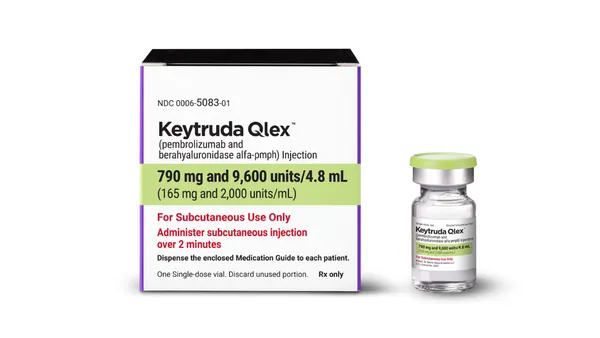Communications CommonHealth Chris Tama, President, ProCom Meaghan Nelson, VP, Account Group Director, MBS/Vox Stacey Singer, President, HLS, and Managing Partner, CommonHealth Helping Providers Communicate Efficiently and Effectively: Reality-Based Research as a Vehicle for Innovative Medical Education August 2006 VIEW on Medical Education The insights gleaned from studying real-world, provider-patient dialogues are invaluable and have the potential to set a new standard of care. Medical Education is Responding to the Changing Marketplace Medical-education content and methods of distribution are adapting to the changing needs of healthcare practitioners and their patients. In the past 25 years, the “top-down” peer-influence model has played an important role in education — and will continue to do so in the future — particularly in the area of clinical content. Key opinion leaders are an excellent source of education about disease, diagnosis, and treatment. However, the changing medical model requires that educators move beyond a reliance on the peer-influence model alone and consider how scientific information is conveyed to patients during office visits. One of the most important factors of care is the provider-patient dialogue. But for most providers, especially in primary-care settings, managing a busy practice has become increasingly complex, and time is at a premium. Time constraints make it challenging for healthcare providers to provide patients with all they need to know. After shorter, more rushed office visits, patients sometimes leave their physician’s office without all of the information they need to properly manage their disease. They may not understand their diagnosis, why a treatment plan was selected, or exactly how to manage their disease. They may not know how to be an active participant in their own care. While providers may have harnessed the scientific data to treat patients appropriately, if they can’t pass along the relevant information to their patients through successful communications, then the treatment outcome is suboptimal. Teaching Physicians How to Talk to Patients A new form of education has emerged to equip providers with the communications skills to translate the latest clinical information into patient-friendly language. By capturing and analyzing actual provider-patient interactions, in real-world community practices, educational content can be developed based on these real-world insights. Materials can then be used for interactive, live learning experiences featuring actual dialogue footage, as well as posters, publications, and other types of executional forums. Using reality-based research, providers are taught not only what to say to patients but how to adapt this language to their own personal interaction styles. Communication best practices target providers who need to use their time efficiently while maintaining a productive and effective dialogue. Providers can be trained in a range of topics, such as using key questions to help accurately diagnose and treat patients within the confines of busy, primary-care settings; to deliver difficult diagnostic news; and to instruct patients on medical devices to ensure appropriate use of therapy. The insights gleaned from studying real-world provider-patient dialogues are invaluable and have the potential to set a new standard of healthcare. Optimizing Provider-Patient Communications Using Cutting-Edge Research Techniques In today’s fast-paced environment, providers can more effectively treat patients by communicating clearly and successfully during office visits. Medical education companies have a tremendous opportunity to design innovative, authentic education using the insights from studies of provider-patient dialogues. The result is reality-based education that really speaks to physicians — and helps them speak to their patients. n
An article from


Helping Providers Communicate Efficiently and Effectively: Reality-Based Research as a Vehicle for Innovative Medical Education
Filed Under:
Commercialization










